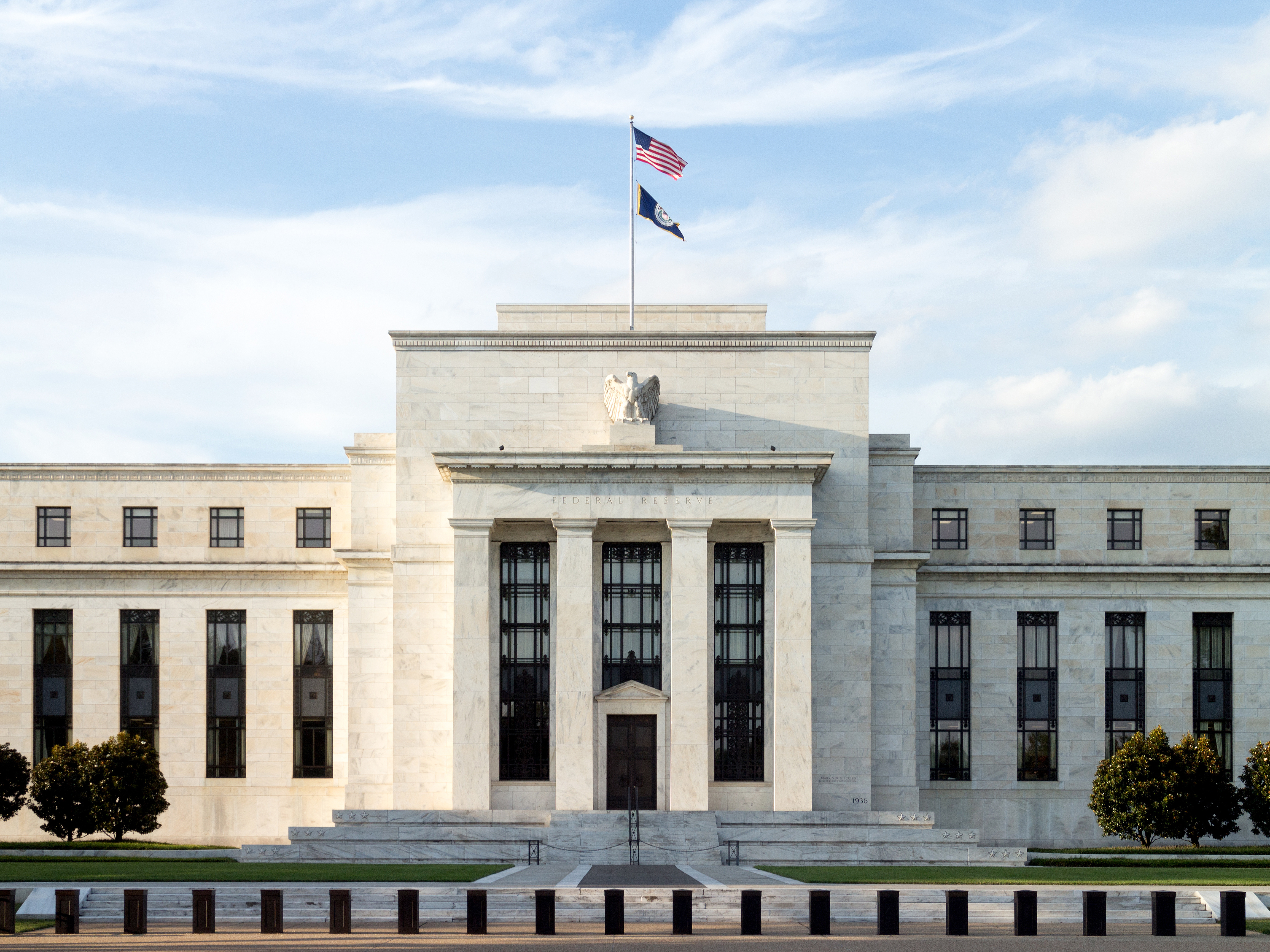Federal Reserve Chair Jerome Powell Talks US Economy and Inflation at Economic Club of New York

Today, Federal Reserve Chair Jerome Powell addressed critical economic issues facing the United States in a talk at the Economic Club of New York.
During the speech, Powell discussed the state of the U.S. economy, recent monetary policies, and future plans of the Federal Reserve. The topics that dominated the conversation were the strength of the labor market, ongoing inflation, and the Fed’s monetary policy.
The discussion held importance in light of the upcoming Federal Open Market Committee meeting scheduled for October 31-November 1.
Inflation: The Balancing Act
Jerome Powell’s remarks came at a crucial time when inflation in the US has been a dominant concern. Powell observed that inflation remains elevated, above the Federal Reserve’s target of 2%.
He pointed out that a return to this target level may necessitate below-trend growth and some adjustments in labor conditions. He also indicated that the effects of previous interest rate hikes by the Fed may not have fully trickled down into the economy.
“Achieving this goal might require a period of below-trend growth and some softening in labor market conditions,” Powell said.
Labor Markets and Economic Strength: A Mixed Bag
The Chairman acknowledged the vigor of the US economy, referring specifically to the tight labor market. Interestingly, the unemployment rate has stayed stable at 3.8% despite interest rate increases since March 2022. This defies expectations, as the economy has been performing above its anticipated annual growth rate of 1.8%.
“The unemployment rate remains stable at 3.8%, showcasing an economy performing above the anticipated growth rate of 1.8% annually,” Powell commented.
He also flagged evidence of the labor market returning to pre-pandemic levels, however, suggesting that the market may be cooling.
Financial Conditions: Market Reactions and Future Moves
Powell drew attention to recent market developments, particularly the spike in bond yields, suggesting that such increases have tightened financial conditions.
Powell said, “Higher market-based interest rates could do the same job as Fed rate increases if sustained over time.”
Additionally, the Chairman was cautious about future policy measures, stating that the Federal Reserve is “proceeding carefully” in assessing the necessity for any additional rate hikes.
TradeStation Global head of market strategy David Russell observed, “Jerome Powell continues to walk a middle line between hawk and dove. The Fed still isn’t sure whether it’s done enough.”
Meanwhile, Jeffrey Roach, chief economist for LPL Financial, commented, “Powell’s aim was to calm markets,” adding that “the economy is no longer on a strong growth trajectory.”
As the Federal Open Market Committee meeting looms on the horizon for October 31 to November 1, Jerome Powell stressed the Federal Reserve’s cautious approach to future policy decisions. The expectation is that the benchmark policy rate will stay within the 5.25% to 5.5% range for the upcoming meeting.
Subsequent to Powell’s speech, the stock market exhibited volatility with both gains and losses recorded. The Federal Reserve’s quantitative tightening measures and federal deficit outlook also prompted shifts in Treasury yields.
Overall, Jerome Powell’s discussion at the Economic Club of New York offered insights into the state of the US economy. It also provided an understanding of the Federal Reserve’s cautious stance toward policy changes, emphasizing its need to balance economic strength with prevailing concerns about inflation.








